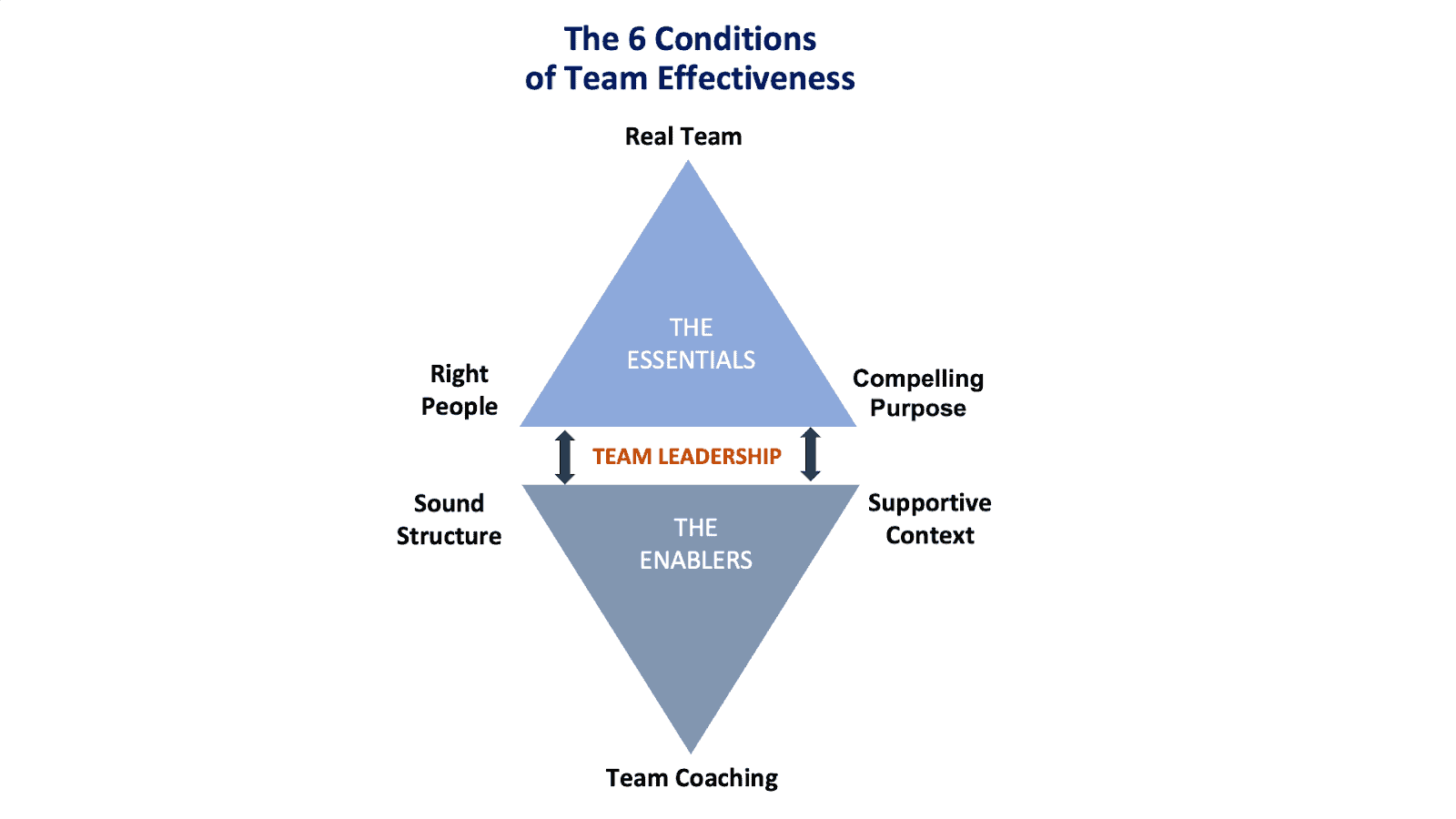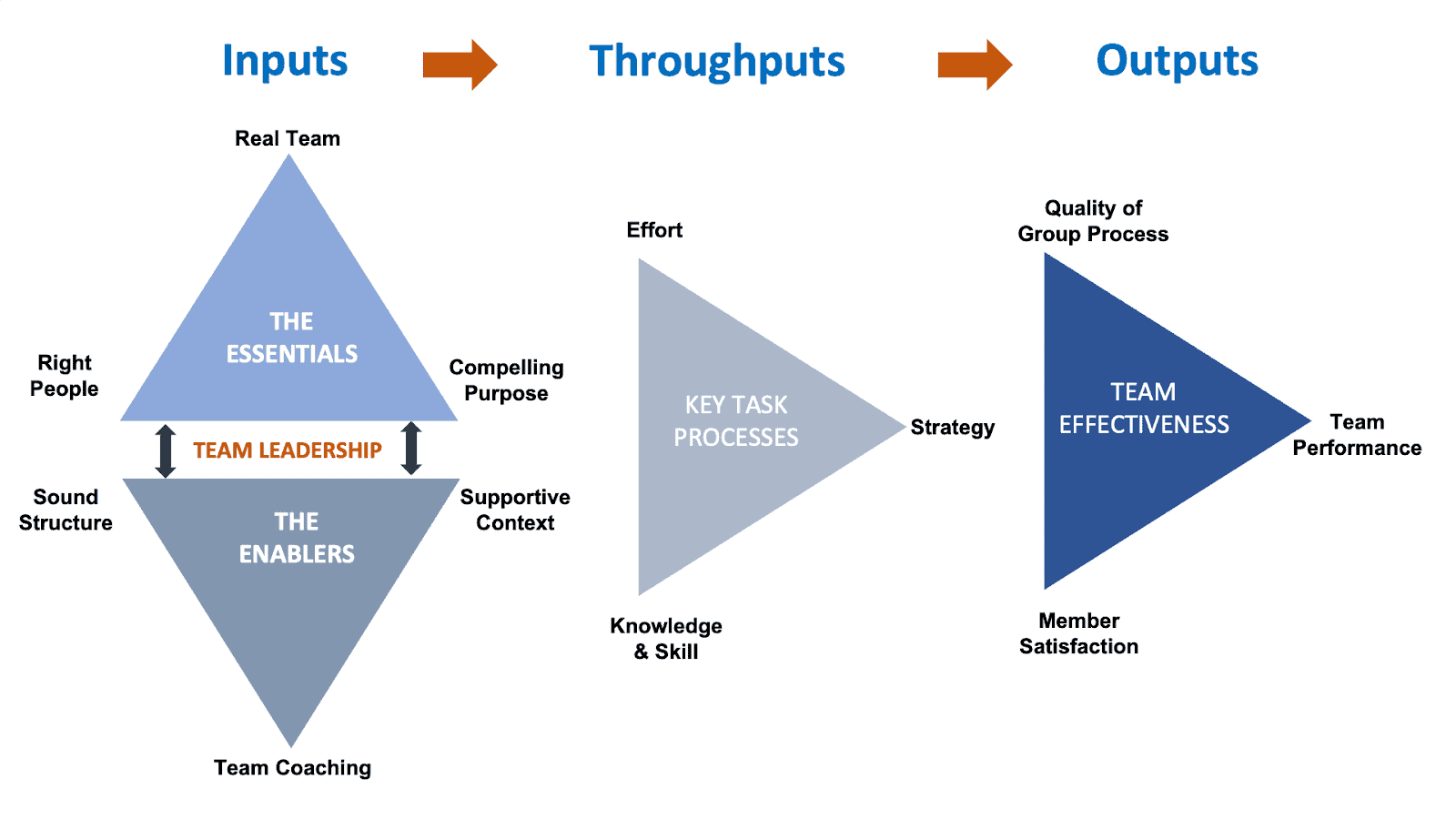In the entire history of teams, one stands out as the worst. They were so bad you might wonder if they were victims of a biblical curse. The 1899 Cleveland Spiders baseball team is the worst professional sports team…ever.
It’s been over 120 years, and they still hold the major league baseball record for the most consecutive games lost at 24, the fewest wins in a season at 20, and the most losses in a season at 134!
The masochists who attended games were so few yet so hostile that other teams refused to play in Cleveland. As a result, the Spiders eventually played all their games on the road.
Their owners were historically awful in disregarding the essentials for a competitive team. For instance, they transferred six starters to a sister club — all six became Hall of Famers. But their shortstop, their worst player (81 errors!), played more than any other player – 148 of 154 games.
It gets worse.
They changed the club manager to a player-manger with no management experience and abysmal judgment. Eddie Kolb (a 19-year-old tobacco salesman, not a baseball player) convinced him to let him pitch the second game of a doubleheader. The local paper reported that “the outfielders did nothing but chase hits from the time the bell rang until the last man was retired.” Kolb gave up 19 runs.
I hope you never have a comparable team experience at work. But if you’re responsible for creating or inspiring a great team experience, you may wonder what it takes to ensure you’re nowhere near Cleveland Spider levels!
This article shares best practices from two team exemplars, masters of creating the right conditions and knowing the right balance of tending to the team to produce the best performance. The levers you can pull from these practices account for 80% of any team’s effectiveness.
A Perspective on the Importance of Teams

In my Executive 1:1s article, I introduced Bill Campbell, a football coach with a marginal win record. Bill was also an executive leader and CEO who helped build extraordinarily successful companies, including Google, Apple, and Intuit. He mentored visionaries like Steve Jobs, Larry Page, Eric Schmidt, and Jeff Besos. The New York Times best-seller, Trillion Dollar Coach, explains Bill’s remarkable impact and success. It’s aptly titled because he helped build companies with market capitalizations far above a trillion dollars. His story is about exemplary leadership worthy of imitation.
At the heart of Bill’s leadership lessons was the conviction that to excel as a leader, you have to get several things right; staff meetings, effective 1:1s, and building a team that emphasizes a team-first mindset. The authors reported,
“Bill’s guiding principle was that the team is paramount, and the most important thing he looked for and expected in people was a “team-first” attitude. Teams are not successful unless every member is loyal and will, when necessary, subjugate their personal agenda to that of the team. That the team wins is the most important thing.”
Campbell’s comment that “you can’t get anything done without a team” still echoes with his mentees. Bill has passed, but I’m sure he’d agree with Dr. Ruth Wageman, who points out that “teams are the engines of organizations.” Dr. Wageman has been a professor at Columbia, Dartmouth, and Harvard and is one of the foremost scholars researching what it takes to achieve team excellence. She’s the author of Senior Leadership Teams, What it Takes to Make Them Great, which expertly illuminates the six conditions for team effectiveness and excellent outcomes.
Indeed, teams are the engines of organizations. So what kind of engine do you want powering your organization? You can clip along with a mix of underpowered compact cars with potential or strategically invest in transforming your core collection into high-performance vehicles that are race ready.
Why Have a Team

“I have no question that when you have a team, the possibility exists that it will generate magic, producing something extraordinary. But don’t count on it.” – Dr. J. Richard Hackman
When you boil it down, teams get formed because the work required to achieve a meaningful outcome is greater than one alone can perform; it takes many, not one. Therefore, when you consider forming a team or changing a work group into a team, it’s a legitimate and proper question to ask, “do I actually need a team?”
With a team comes complications, notably the fundamental challenge of orchestrating accomplished, ambitious people who are also emotional beings wrestling with their unique individual challenges. I suspect a terrible team experience produced the phrase, “it’s like herding cats.”
On the other hand, when a team is the best path forward, and they have the magic, it can make for an unrivaled career-best experience in results, organizational learning, and the swell of engagement they share with the organization.
What is an Effective Team and Why it Matters

Goals, standards, and industry best practices are means by which we can judge current performance and find opportunities for improvement. Dr. Wageman provides an instrumental team effectiveness standard with three critical criteria; team performance, group process, and individual satisfaction.
Let’s say you are a home builder, and like any business, you depend on a quality product, year-over-year productivity gains, and retaining key talent, to name a few. In this case, the first measure of effectiveness is delivering a home that meets or exceeds your customer’s expectations, defined as team performance in the 6 Conditions model.
The second measure looks at the group’s continued improvement (group process); are they collectively becoming better and more capable with each home they finish? The third is individual member satisfaction; does each person feel they’re learning and growing through each building project? The three legs of this stool, performance, group, and individual growth, add up to the essential criteria of team effectiveness.
Modeling is powerful, and as a client once jokingly lamented, “why can’t they do as I say, not as I do!!” The system effect of striving for team excellence can be profound. You may lead an executive team or an organizational function like Engineering or Marketing. Consequently, your functional leaders look to you for the strategic direction and to lead operational execution.
Your team also sets the standard for the teams in your organization. How your team operates matters because it tells the organization what’s essential and what’s not regarding teams. Leaders within your team and function look to understand the norms and expectations for team leadership. Senior teams must walk the walk if the organization is to uphold or subscribe to the value of team effectiveness.
The 6 Conditions of Team Effectiveness
Popular team-building approaches say to invest in relationships, trust-building, and collaborative behaviors. These acts, while valuable, are highly perishable if the structural conditions of team effectiveness are incomplete. It’s like trying to build your dream home on an unfinished starter home’s foundation.
In continuing with the home building metaphor, the 6 conditions approach calls for leaders to create conditions first, the foundation, framing, electrical, and other systems, before you begin the finish work of painting and designing the interior, meaning the relationships and trust building. Said another way, creating the structural conditions first sets the stage for increased commitment to team relationships, inspires creativity in accomplishing tasks, and helps make the most of members’ knowledge and skills.
The 6 Conditions consist of three essential conditions required for any degree of effectiveness, followed by three enabling conditions that drive team development. Designing these critical factors in a team is your highest leverage action to put them on the path to excellence.

The Essential Conditions
Compelling Purpose
Purpose focuses, motivates, and inspires as it defines the team’s unique contribution. A purpose is compelling when it’s clear, challenging, and consequential. Clear in that the work obviously adds value and can only be accomplished by this unique group of leaders. Challenging in that it’s not impossible, incorporates a broad scope, and requires crucial decision-making. And it’s consequential when members see it as central to their role and recognize its significance and impact on the work of others.
Real Team
A real team sounds simple, but it’s not so simple. A real team is bounded; members know who is on the team and who is not. Surprisingly, research points to less than 10% of teams accurately and uniformly knowing who is actually on the team. It’s stable when the members are together long enough to get critical work done vs. a revolving membership door where reforming is the regular focus. And a real team is interdependent when they share equal accountability for a common purpose. In American football, the entire team is interdependent in their grind to win; they need each other. They would not be interdependent if the offense could win and the defense could lose.
Right People
Purpose directly informs team membership, as the mission greatly influences team composition. The right people have the appropriate skills, diverse perspectives, and teamwork capabilities. They value their diversity and balance the sum of their differences to realize its benefits, such as heightened creativity. The right people are always important, especially with the added complexity of multinational team membership.
The Enabling Conditions
Sound Structure
The three elements of sound structure are team size, meaningful tasks, and norms. Meetings with too many people, too many topics, the wrong topics, or a lack of structure are often symptoms of too many members. Attending to size means keeping the team as small as you can. The right size helps focus everyone on meaningful tasks, which are actions that require a team. Getting the work done is infinitely more effective with clear rules of engagement (norms) that say what the team will and won’t do to get the job done.
Supportive Context
Teams operate in a larger context that must support them if they’re going to perform at a high level. Exceptional teams consistently have four distinct types of support; rewards, information, education, and resources. For instance, rewards might be recognizing teamwork vs. just individual performance. Education could include outside technical expertise for domains beyond the team’s expertise. A supportive context removes obstacles that prevent teams from high performance.
Team Coaching
Lastly, and only after addressing the prior five conditions can a team make the most of a coaching resource to discover their potential. This skilled resource can be the leader, another internal leader, or an external team coach who can help build momentum and offer strategies to bring the team’s full capability to the effort.
Leading an Effective Team
Leadership within the 6 Conditions framework means designing and managing the conditions as you launch or relaunch an existing team. However, the conditions are not static and need tending throughout the team’s life cycle. Consequently, the ongoing leadership work is monitoring and adapting the conditions to ensure you have the optimal team structure.
When you take a step back, you can see the entire picture. The 6 Conditions are inputs that lead to throughputs or desired behaviors, such as accountability, creativity, and trusting relationships. The yield is the output — team effectiveness.

Summing It Up
Excellent teams don’t just happen, but they don’t require every waking moment to create, either. It’s like master gardeners who say a great harvest stems from what goes on before planting, creating the optimum growing conditions — followed by lesser efforts of watering, feeding, and pest management. Building great teams is an analogous experience.
You can achieve a high-performance team when you understand how to master the right conditions. Designing teams through the 6 Conditions framework is a holistic, powerful approach to stack the deck in your favor.
However, team excellence takes effort. Leveraging the 6 Conditions model is made simpler through the Team Diagnostic Survey, a deeply researched and reliable assessment tool that targets the team levers that predict up to 80% of a team’s effectiveness.
Like those master gardeners (and unlike the Cleveland Spiders!), mastering the right conditions and knowing the right balance of tending to the team will produce the best performance. For assistance in implementing the 6 conditions framework using a team diagnostic survey, get in touch here.
Did you like this article? You might also like:
Workplace Well-Being for Global Leaders
Executive 1:1s: An Improved Process for Maximizing Performance (+ Free Template)
Managing Multicultural Teams In The Workplace: Challenges And Opportunities




